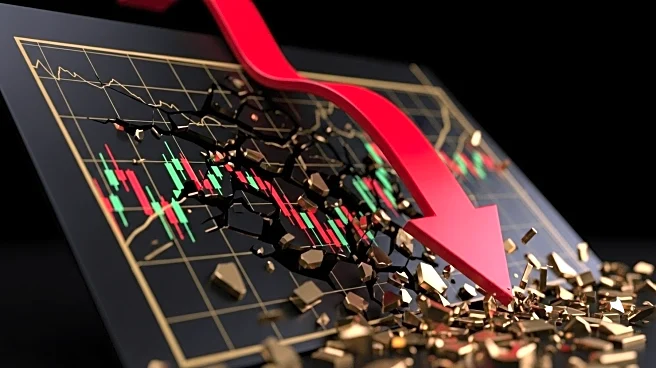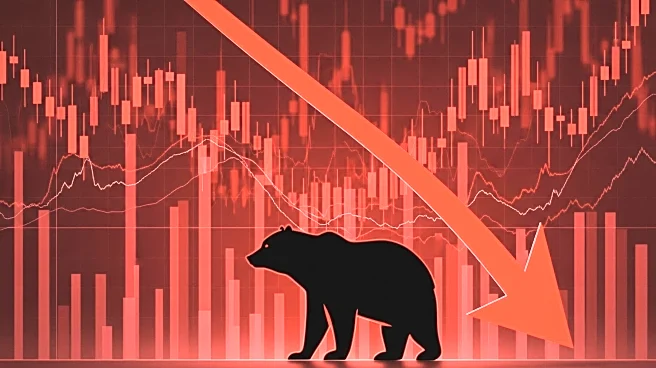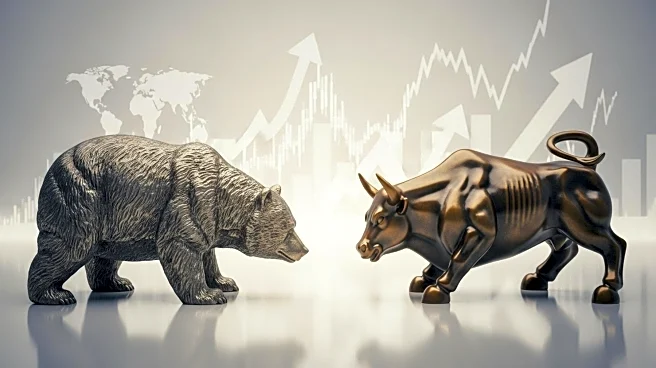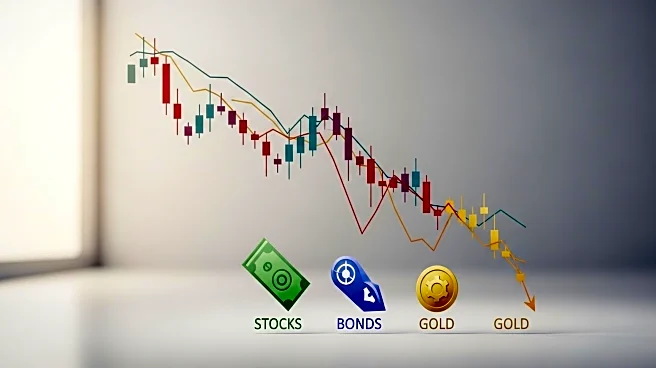What's Happening?
Several major stocks, including industrial giant Honeywell, are approaching a technical pattern known as a 'death cross,' which is often seen as a bearish signal. This pattern occurs when a stock's short-term moving average, typically over 50 days, falls below its long-term moving average, usually over 200 days. Honeywell's 50-day moving average is $218.79, nearing its 200-day moving average of $218.21. This development comes as Honeywell plans to spin off its businesses into three separate publicly traded companies by the end of 2026. Despite a strong second-quarter earnings report, Honeywell shares have declined 6.7% in the past month and are down 8% year-to-date. Other companies nearing a death cross include American Tower, Waste Management, and Pinnacle West Capital, each facing similar technical pressures.
Why It's Important?
The formation of a death cross is significant as it often signals a potential downturn in stock prices, which could impact investors and market sentiment. For Honeywell, the impending spin-offs add another layer of complexity, as the new entities may take time to establish themselves in the market. This uncertainty could affect investor confidence and stock performance. The broader market is also under pressure, with the S&P 500 facing challenges amid questions about the sustainability of the artificial intelligence trade. Companies like American Tower and Waste Management, which are also nearing a death cross, could see similar investor caution, potentially affecting their market valuations and future growth prospects.
What's Next?
As these stocks approach a death cross, investors may become more cautious, potentially leading to increased volatility in the market. Honeywell's planned spin-offs will be closely watched, as their success or failure could significantly impact the company's overall valuation. Market analysts and investors will likely monitor these developments, adjusting their strategies accordingly. The broader market's reaction to these technical signals and the ongoing challenges in the AI sector will also be critical in shaping future market trends.










